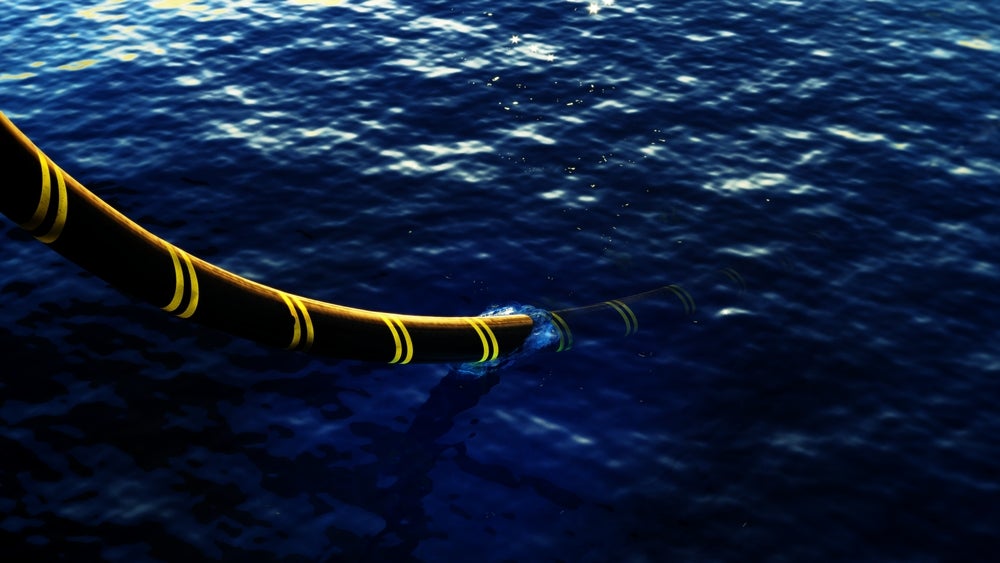Intelsat has filed a patent for a method and apparatus that uses convex optimization to control the far field radiation pattern of a metasurface antenna. The invention involves determining the desired phase and amplitude for each antenna element to achieve a specific radiation pattern and controlling the RF radiating antenna elements accordingly. This technology enables precise beam forming for improved antenna performance. GlobalData’s report on Intelsat gives a 360-degree view of the company including its patenting strategy. Buy the report here.

Access deeper industry intelligence
Experience unmatched clarity with a single platform that combines unique data, AI, and human expertise.
According to GlobalData’s company profile on Intelsat, Satellite communication systems was a key innovation area identified from patents. Intelsat's grant share as of September 2023 was 46%. Grant share is based on the ratio of number of grants to total number of patents.
Controlling far field radiation pattern of a metasurface antenna
A recently filed patent (Publication Number: US20230299479A1) describes a method for controlling a metasurface antenna. The method involves determining the desired phase and amplitude for each antenna element using convex optimization to achieve a desired far field radiation pattern. The radio frequency (RF) radiating antenna elements are then controlled based on the desired phase and amplitude using one or more control parameters to perform beam forming.
The desired far field radiation pattern can include one or more nulls at specific directions to reduce interference caused by signals from satellites that are not in communication with the antenna. This allows for improved signal quality and reduced interference.
The method can be used for beam forming with linear or circular polarization, providing flexibility in the antenna's functionality.
To determine the desired phase and amplitude for each antenna element, the method involves solving a convex optimization problem using cross polarization and co-polarization matrices. This optimization process helps achieve the desired radiation pattern efficiently.
The control parameters used to control the RF radiating antenna elements can include the voltage applied to each element. By adjusting the voltage, the antenna elements can be controlled to achieve the desired radiation pattern and perform beam forming.
The patent also describes an antenna that incorporates the metasurface and the control method. The antenna includes a controller with modulation logic to determine the desired phase and amplitude for each antenna element using convex optimization. Drive circuitry is used to control the RF radiating antenna elements based on the desired phase and amplitude using the control parameters.
The controller can select an achievable modulation state based on the Euclidean distance from a desired modulation state. This involves mapping the achievable modulation state to voltages applied to the antenna elements, which induce magnetic dipole moments. Modulation values associated with the achievable modulation state are then mapped to the control parameters.
Overall, this patent presents a method and antenna design that utilize convex optimization and control parameters to achieve a desired far field radiation pattern and perform beam forming. The inclusion of nulls in the radiation pattern helps reduce interference, making it suitable for various applications, including satellite communication.
To know more about GlobalData’s detailed insights on Intelsat, buy the report here.
Data Insights
From

The gold standard of business intelligence.
Blending expert knowledge with cutting-edge technology, GlobalData’s unrivalled proprietary data will enable you to decode what’s happening in your market. You can make better informed decisions and gain a future-proof advantage over your competitors.







